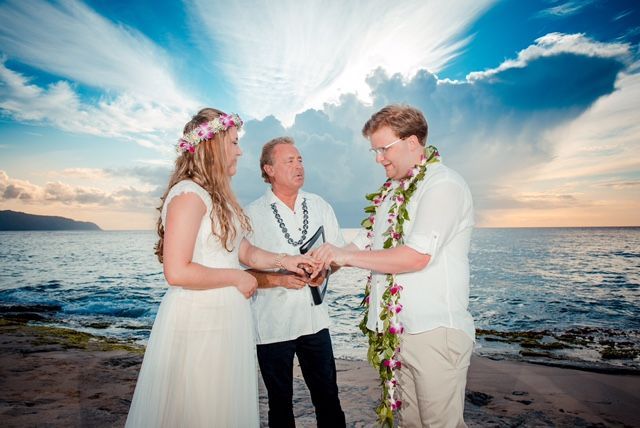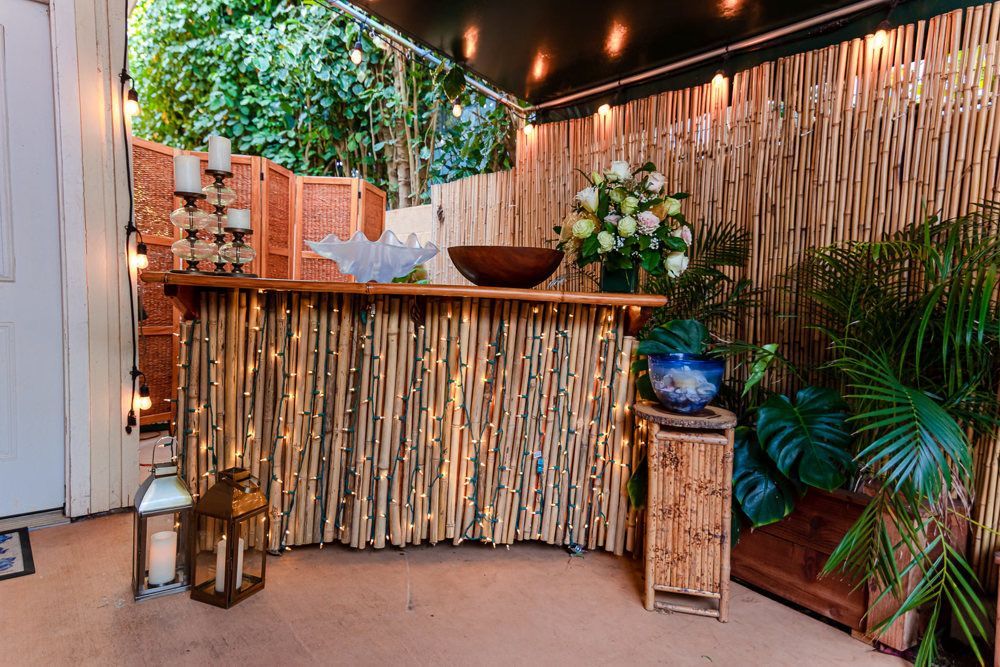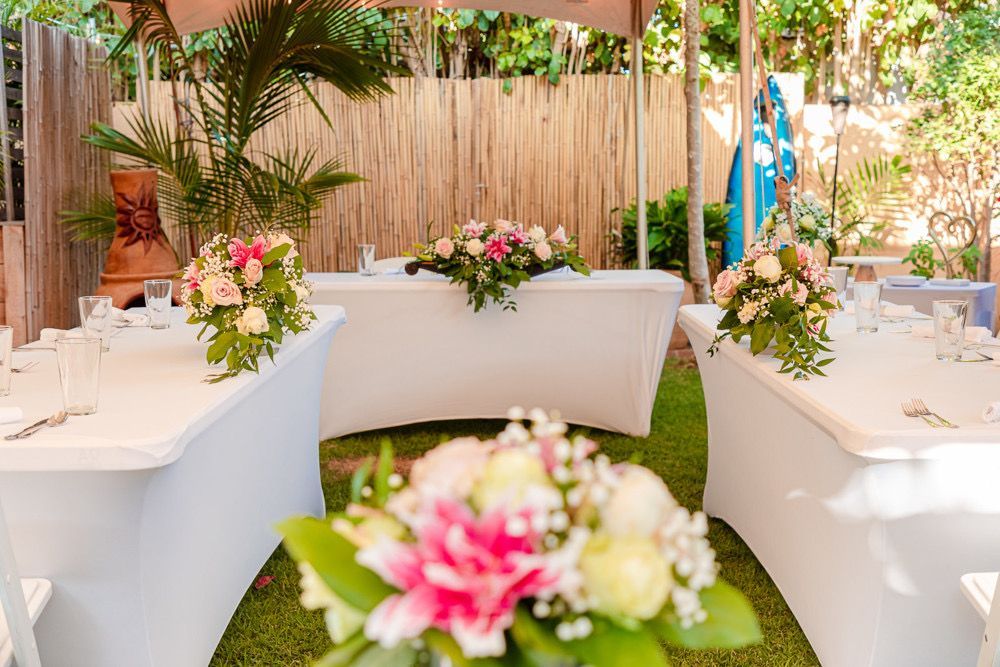15 Symbolic Ceremonies you can add to your wedding
Wedding Ceremony Symbols
15 Symbolic Ceremonies you can add to your wedding
Over the years, I have been able to learn about many different emblematic gestures that different cultures use to symbolize a couple coming together in matrimony as two individuals uniting as one.
There are many symbolic ceremonies that can be added to a wedding to add personal touches and meaning to the ceremony. Here are a few that I have personally done as an officiant:
1. Unity Candle Ceremony - This is a ceremony in which the bride and groom each light a separate candle and then use the flames to light a third candle together, symbolizing the joining of their lives.
2. Sand Ceremony - The couple pours different colored sands into a container, symbolizing the blending of their individual lives into one shared journey.
3. Handfasting Ceremony - A Celtic ritual where the couple's hands are tied together with ribbon or cord to symbolize their commitment to each other.
4. Blessing of the Rings - The wedding rings are blessed by a family member or friend before the couple exchanges them.
5. Jumping the Broom - An African-American tradition where the couple jumps over a broom together, symbolizing sweeping away past troubles and starting a new life together.
6. Wine Ceremony - The bride and groom each pour different wines into a single glass, which they both then drink from, symbolizing their union and the blending of their lives.
7. Tree Planting Ceremony - The couple plants a tree together, symbolizing their union and the growth of their love.
8. Letter and wine box ceremony – The couple write a letter to each other only to be opened at their first-year anniversary. The idea is to then read the letters as they enjoy a glass of wine reminiscing.
9. Butterfly or dove release – In order for this to be done, someone in your community has to offer the service. But the release of the doves or butterflies at the conclusion of the ceremony can symbolize releasing my old, independent lifestyle to a newfound freedom of love expression.
10. Cord of three strands ceremony – Three distinct decorative cords, usually of different color are hung from the alter. The couple braids the cords together during the ceremony. The three cords represent the couple involving and interwinding God into the fabric of their relationship as they journey forward.
11. Arras Coin Ceremony – 13 gold colored coins, representing all of what the groom owns is handed to the bride symbolizing what is mine, is now yours. The bride then hands the coins back to the groom to symbolize what is ours is now shared mutually.
12. Lei Exchange –This is a Hawaiian tradition The lei is an unbroken circle, symbolizing life-long commitment and devotion. Hawaiian Chiefs would often exchange lei symbolizing a lifetime of peace between the two groups. Today these lei symbolize a lifelong commitment of peace and happiness that you are pledging to each other.
13. Indian Minnu Ceremony - “The tying of the knot, the thali, is an Indian custom incorporated in the churches of South India. The Minnu is a small gold pendant stylized as a heart with a cross on it. This gold pendant is placed on a thread made by interweaving seven threads taken out of the Munthrakodee (Translation: Blessed cloth), which is the Indian bridal outfit worn at the reception. The thread with the minnu on it is tied around the bride’s neck by the groom. This is a symbolic act, accepting her as his own, signifying the lifelong inseparable bond established in marriage.
14. The blending of the water ceremony - Wai Wai – means wealth in Hawaiian. Water was regarded as wealth. The blending of the water is when two different families take the water from the side of the island where they live and they combine it together. The way it actually works is just like a Unity Sand ceremony. Hoo Kupu means an offering. After the ceremony, some couples take the water and then give the offering to the ocean, a tree or garden symbolizing bringing what they have back to the “Aina” (the land). It symbolizes the unifying of two families and their “wealth” coming together as one.
15. The Lasso Ceremony - This tradition is usually associated with Hispanic and Filipino families.
Lasso (sometimes called, "lazo") or rope is placed around the bride and groom's shoulders (groom's shoulder's first) in the form of an "8" (the infinity symbol) - after they have exchanged their vows - to symbolize their everlasting union. This is usually done by the officiant, however, family members can also take part in this ritual. The couple wears the lasso throughout the remainder of the service.
These ceremonies can be incorporated into the wedding ceremony or performed separately at the reception or rehearsal dinner. It's important to choose symbolic traditions that represent the couple and their love for each other. If you would like to incorporate any of these to your own wedding, just let your officiant or coordinator know so they can help you with the preparation.
Beach weddings and reception venue
These pictures are from past weddings we have done
Button
Crouching Lion Hike wedding
Write your caption hereButtonReception venue tiki bar
Write your caption hereButtonReception venue for up to 40
Write your caption hereButton
Romantic ambiance
Write your caption hereButton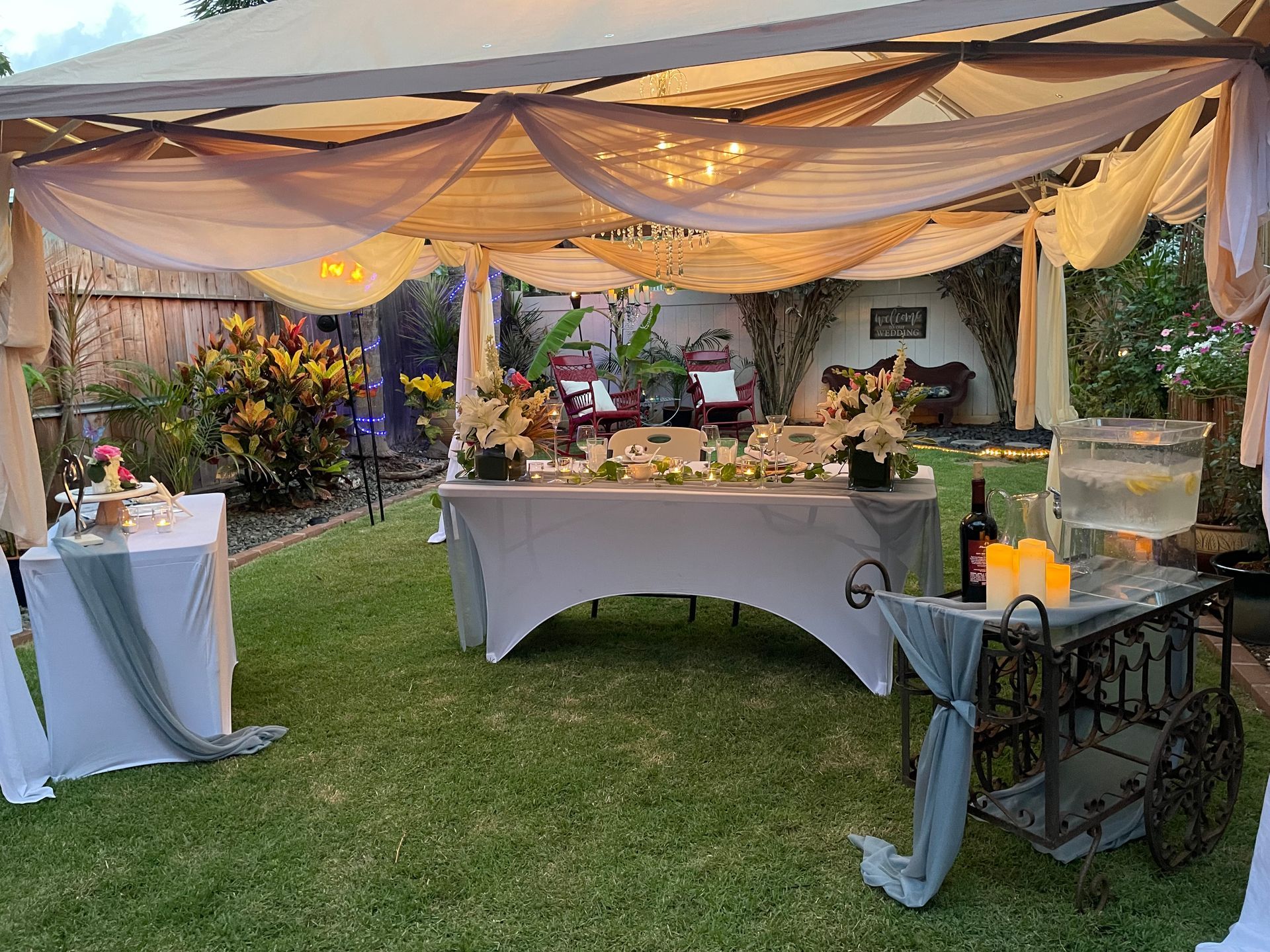
Venue only steps from the beach
Write your caption hereButton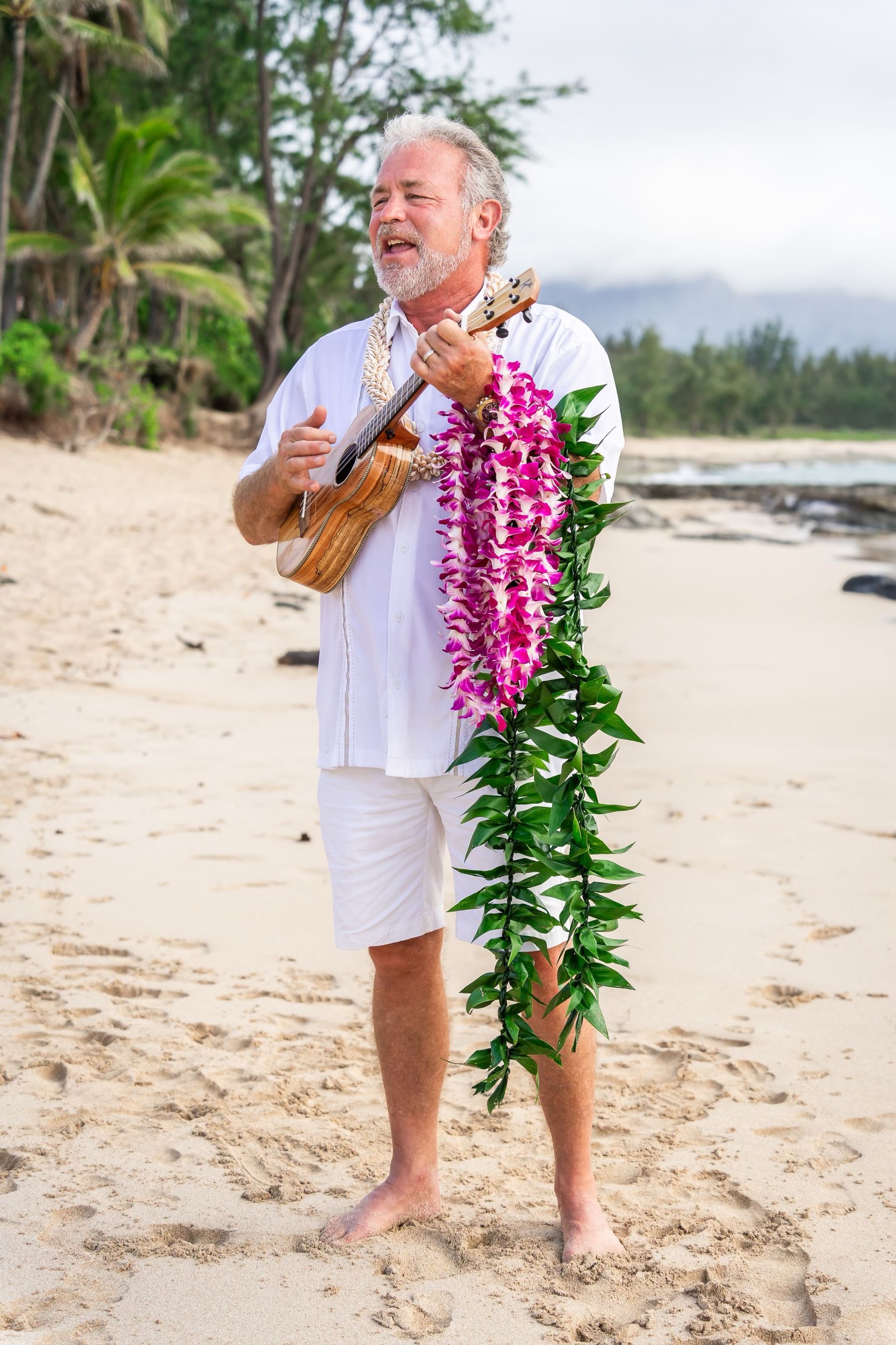
Pastor Mark and ukulele
Write your caption hereButton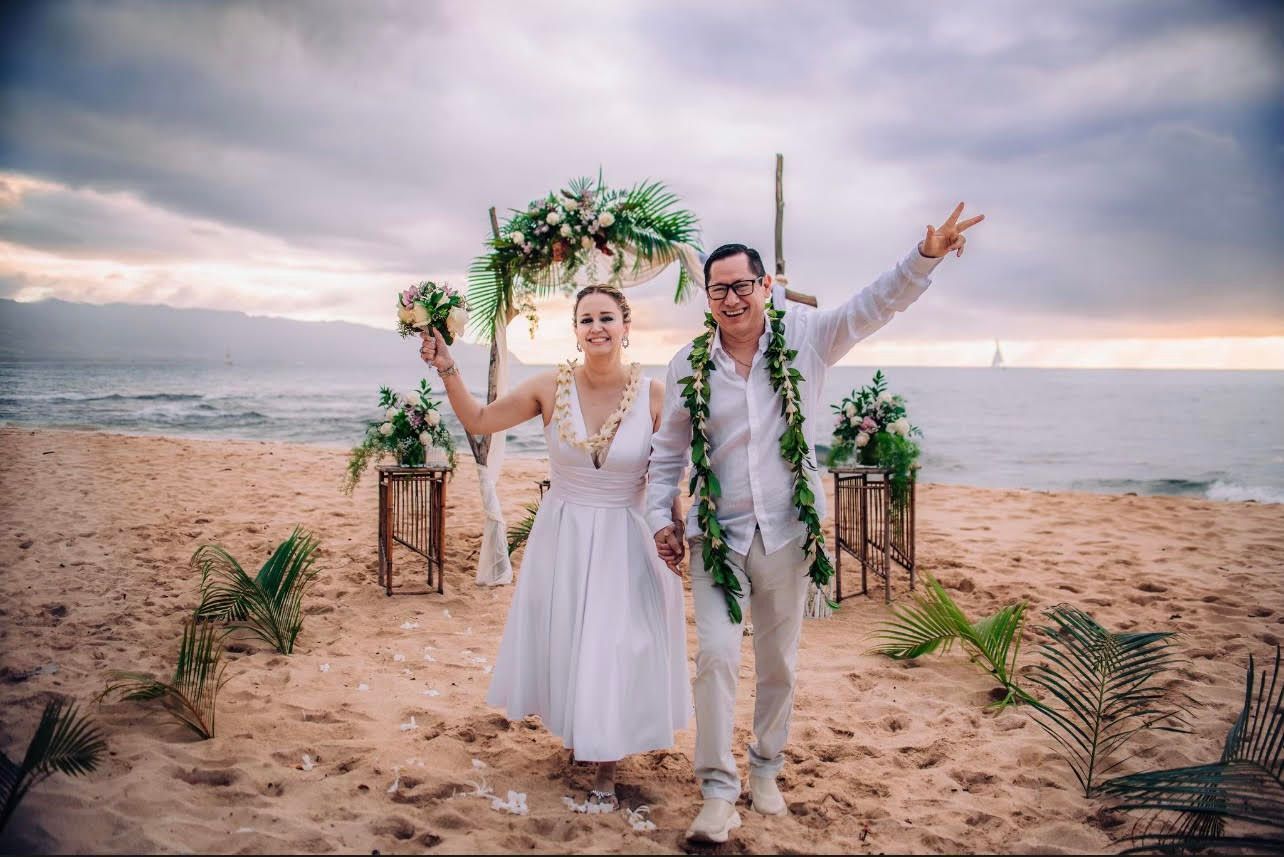
Simple beach weddings
Write your caption hereButton-
Pastor Mark and Kelli
Write your caption hereButton

